On Thursday, Elon Musk’s SpaceX launched a new batch of Starlink internet satellites from California.
However, during an attempt to carry out a final “burn” to raise the low point of the orbit, an engine suffered a catastrophic failure.
Elon Musk Comments on Engine Failure
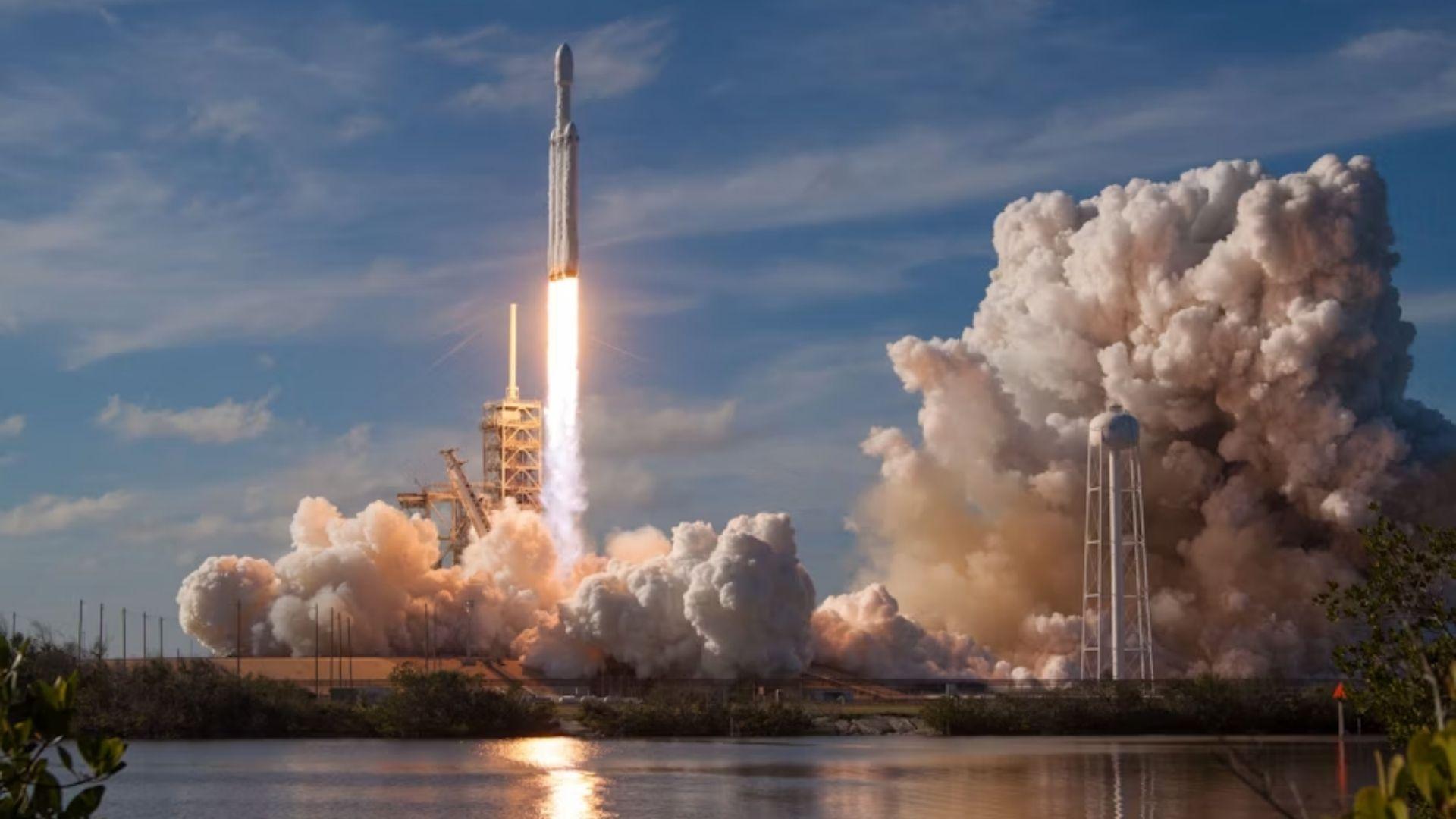
SpaceX CEO Elon Musk posted updates on the Twitter/X platform he owns, saying, “Upper stage restart to raise perigee resulted in an engine RUD for reasons currently unknown.”
He added, “Team is reviewing data tonight to understand root cause. Starlink satellites were deployed, but the perigee (orbital low point) may be too low for them to raise orbit. Will know more in a few hours.”
SpaceX’s Plan to Save Starlink Satellites

Since the failure, SpaceX have said they made contact with five of the 20 Starlinks that were launched on Thursday and said they were “attempting to have them raise orbit using their ion thrusters.”
Musk said SpaceX was “updating satellite software to run the ion thrusters at their equivalent of warp 9.” However, he failed to strike an optimistic tone, adding, “Unlike a Star Trek episode, this will probably not work, but it’s worth a shot.”
Overview of Thursday’s Starlink Launch
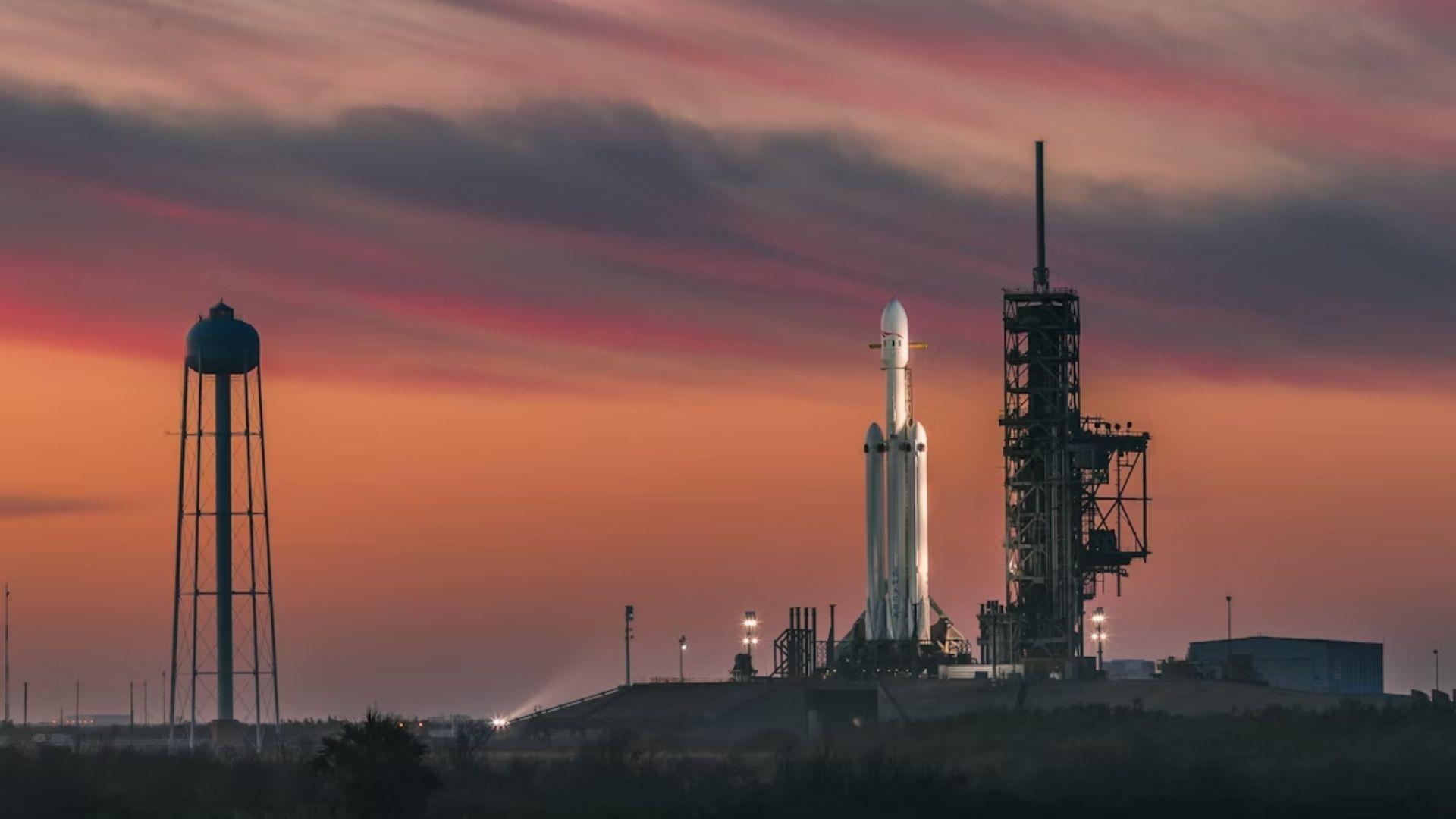
The Falcon 9 blasted off at Vandenberg Space Force Base at 10:35PM EDT, using a first stage making its 19th flight. 150 seconds later, the first stage fell away and successfully flew to a droneship landing, while the second stage continued its climb to space.
CBS reports, “Starlink launches require two firings of the second stage’s vacuum-rated Merlin engine. The first firing ended on time around eight-and-a-half minutes after liftoff.”
Unusual Ice Buildup Observed, Prompting Panic
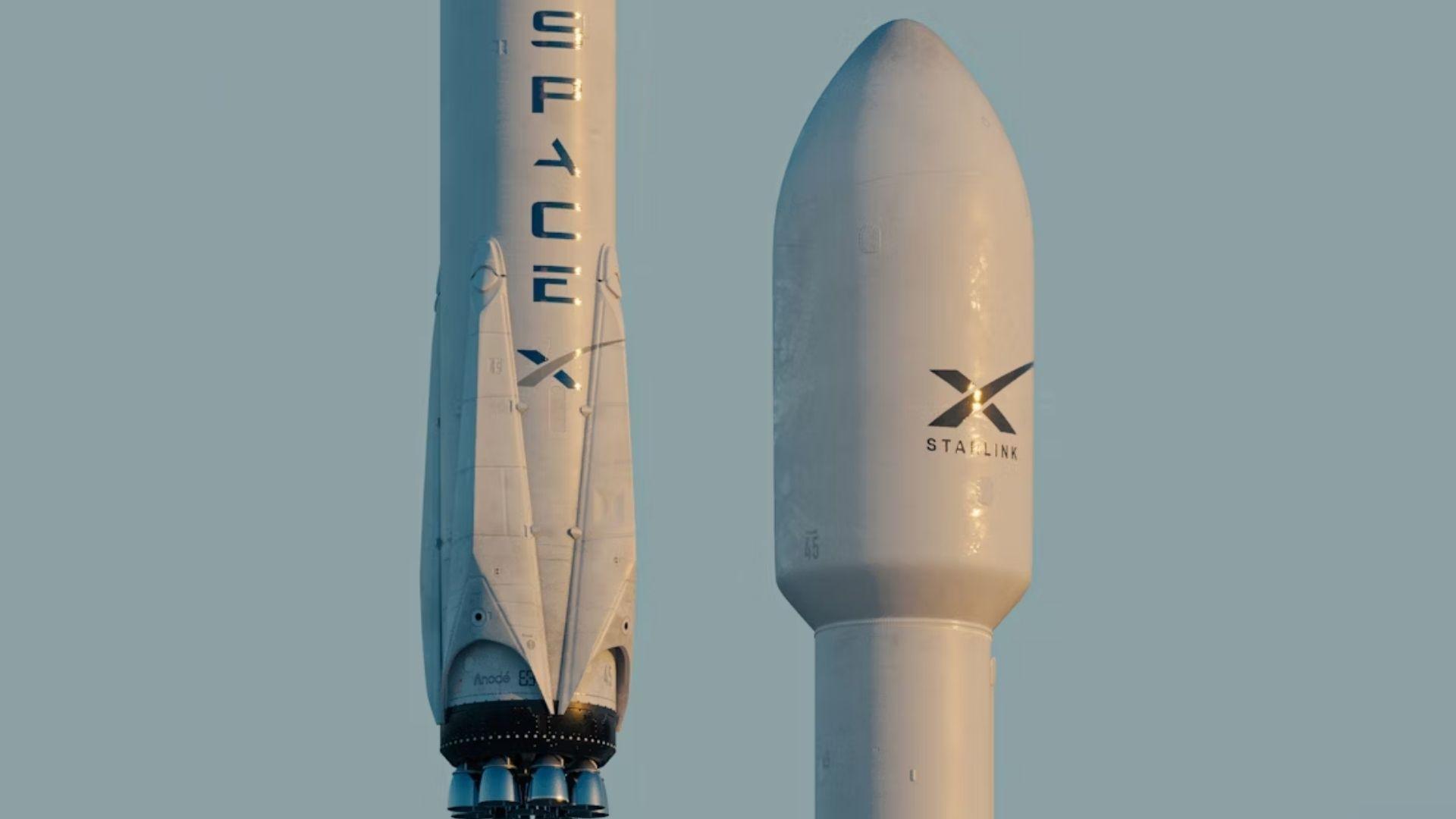
Live video of the second stage “burn” showed unexpected ice build-up on the side of the rocket.
While ice build-ups are not unusual, the amount seen during this launch was abnormal and seems to indicate a problem.
Impact on Upcoming SpaceX Missions

The latest malfunction is expected to impact plans to send entrepreneur Jared Isaacman and three crewmates into space atop a Falcon 9.
The malfunction may also affect NASA’s plans to send another crew to the International Space Station (ISS) via a SpaceX Crew Dragon in August.
SpaceX’s Usual Social Media Updates Missing
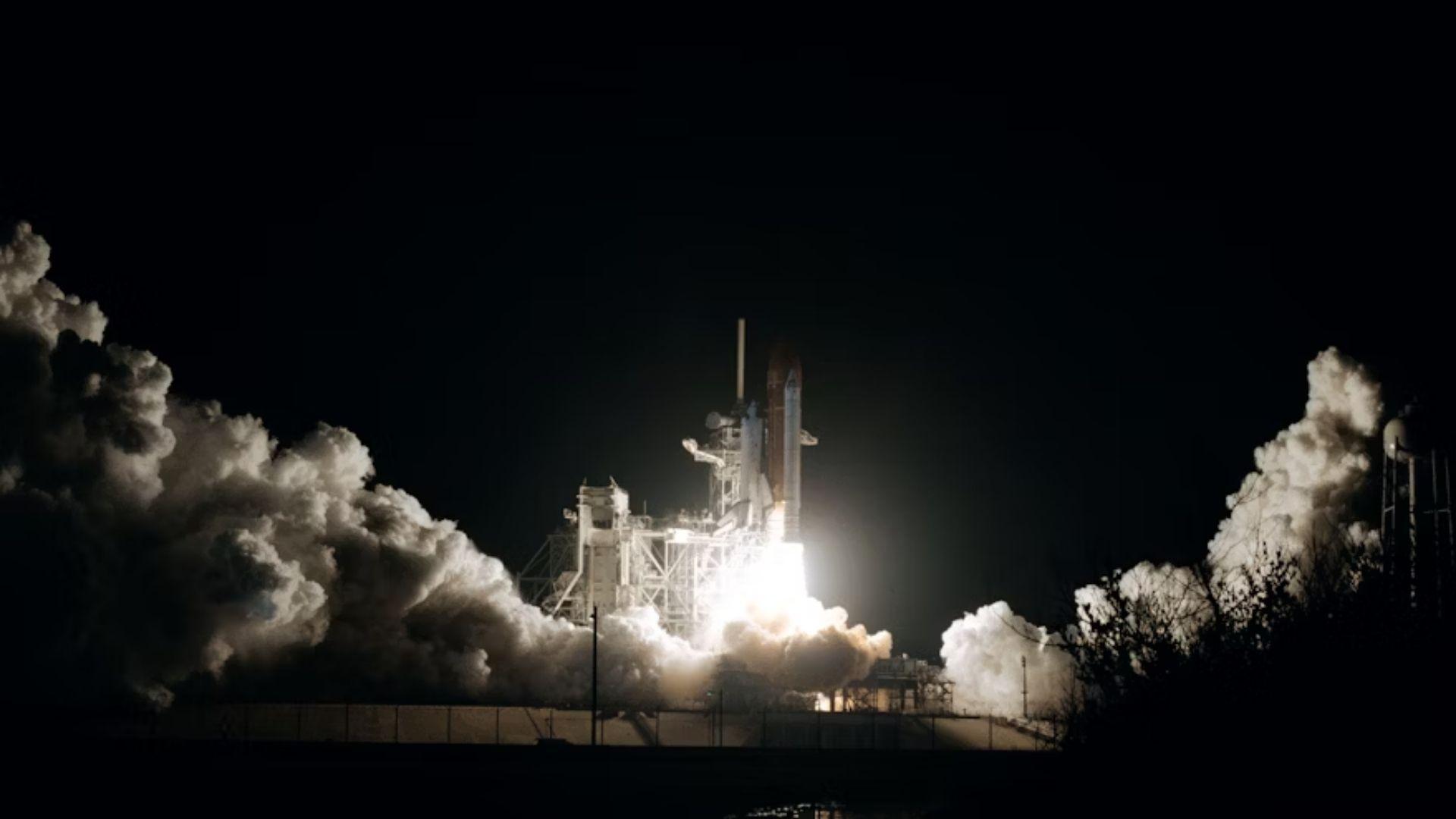
SpaceX usually posts confirmation of payload deploy following the final 1-second firing of the second stage engine. However, no such confirmation was made on Twitter/X.
After the first firing ends, the “burn” comes after an additional 45 minutes, which is then followed by payload deploy about seven minutes later — a little under one hour after launch.
Falcon 9’s Track Record
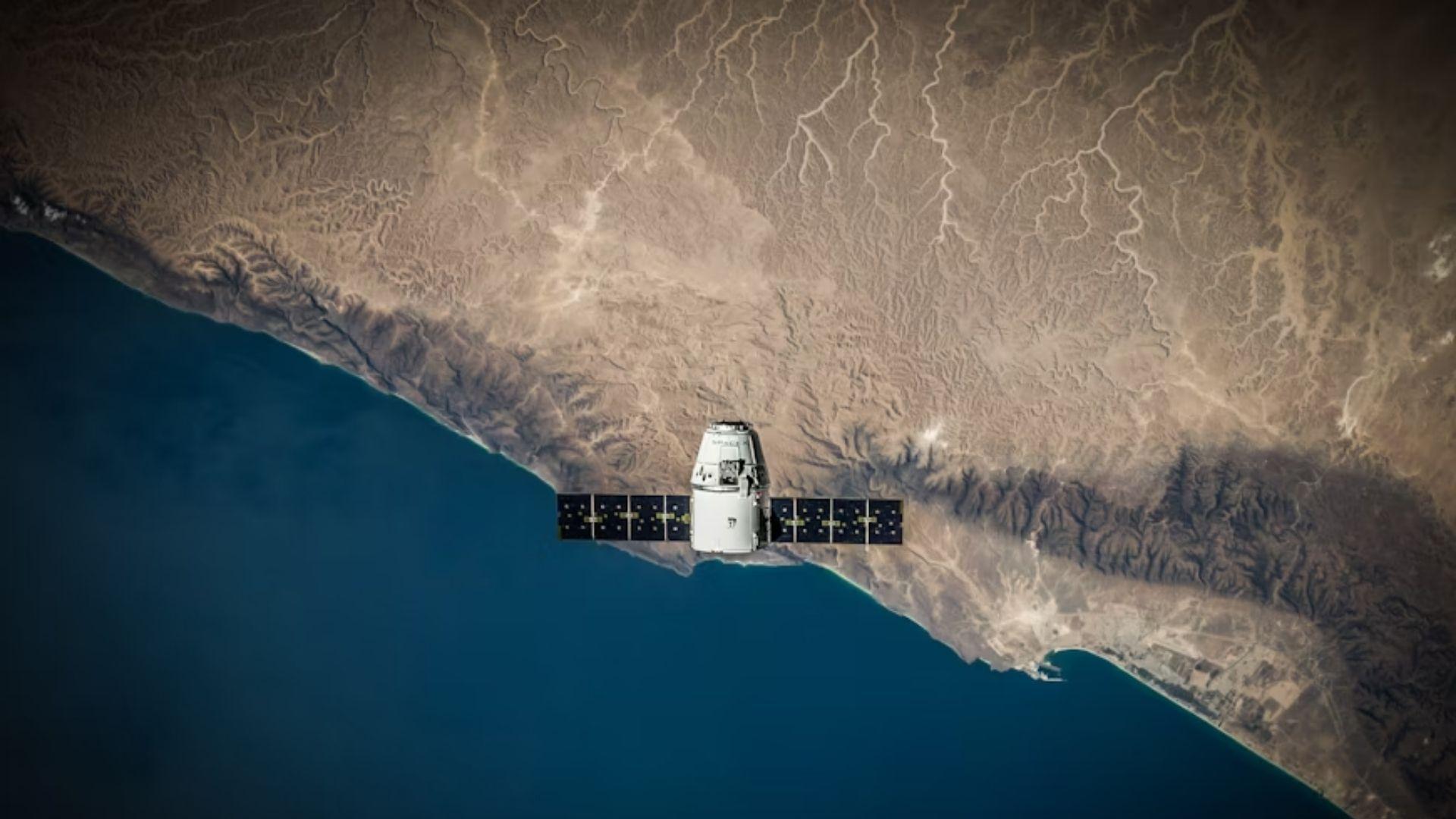
SpaceX has a strong record of success. CBS reported, “Going into the latest launch, SpaceX had fired off 344 successful Falcon 9 flights in a row following the company’s only previous in-flight failure in 2015.”
CBS added, “Going into Thursday’s flight, SpaceX had launched 6,720 Starlinks in 181 Falcon 9 flights, of which about 6,200 were presumed operational.”
SpaceX Earn Support on Social Media
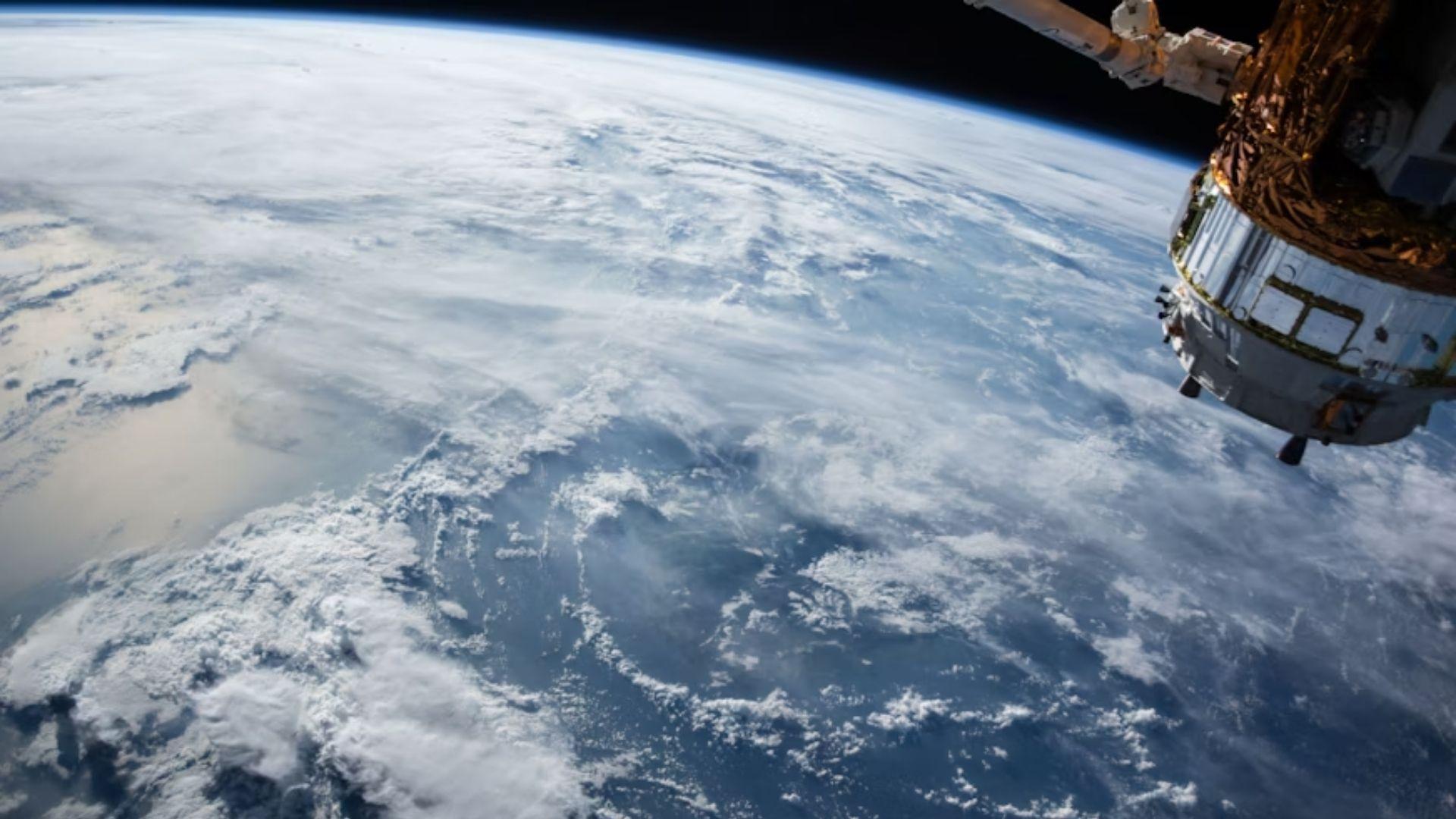
On Twitter/X, many people expressed sympathy for SpaceX as they faced their new setback, with one user Tweeting that the setback was, “A great reminder just how incredible rocket engineering is, and how many things have to go right for a flight to be successful.”
Another user acknowledged how rare this failure was, commenting, “First failure/ partial failure in 8 years of Falcon 9, after a world record setting 325 consecutive successes.”
History of SpaceX

SpaceX was founded in 2002 by billionaire Elon Musk – who also acquired Twitter/X in 2022 for $44 billion.
The company offers internet service via Starlink and currently has over 6,000 satellites in orbit.

